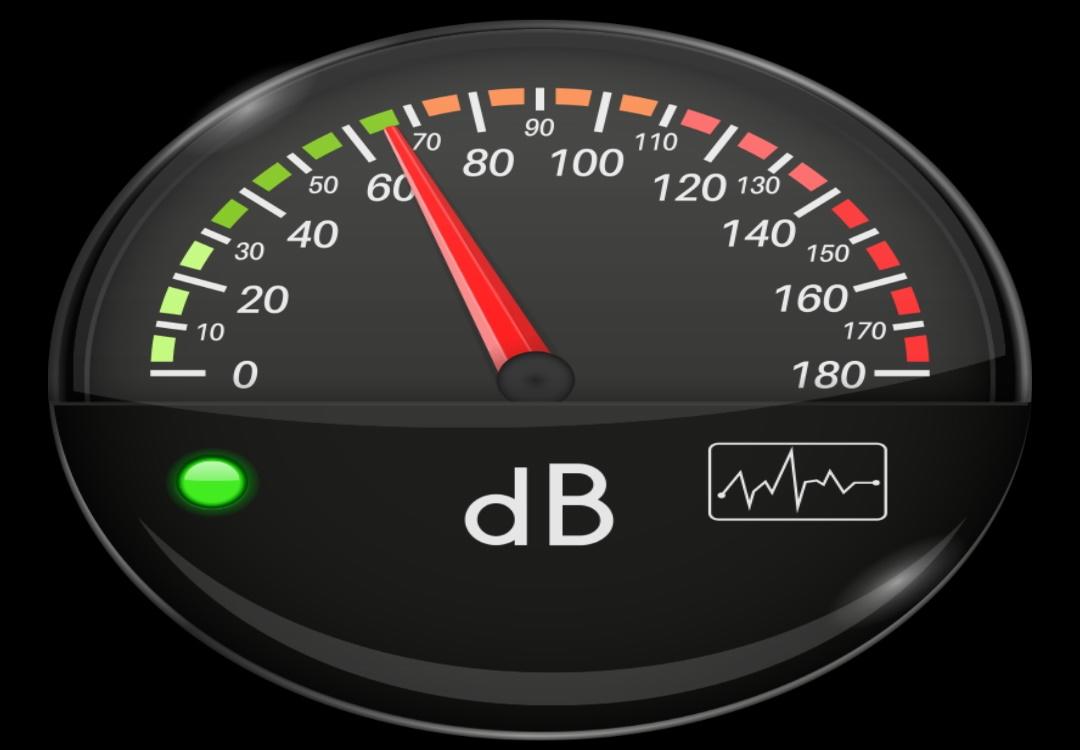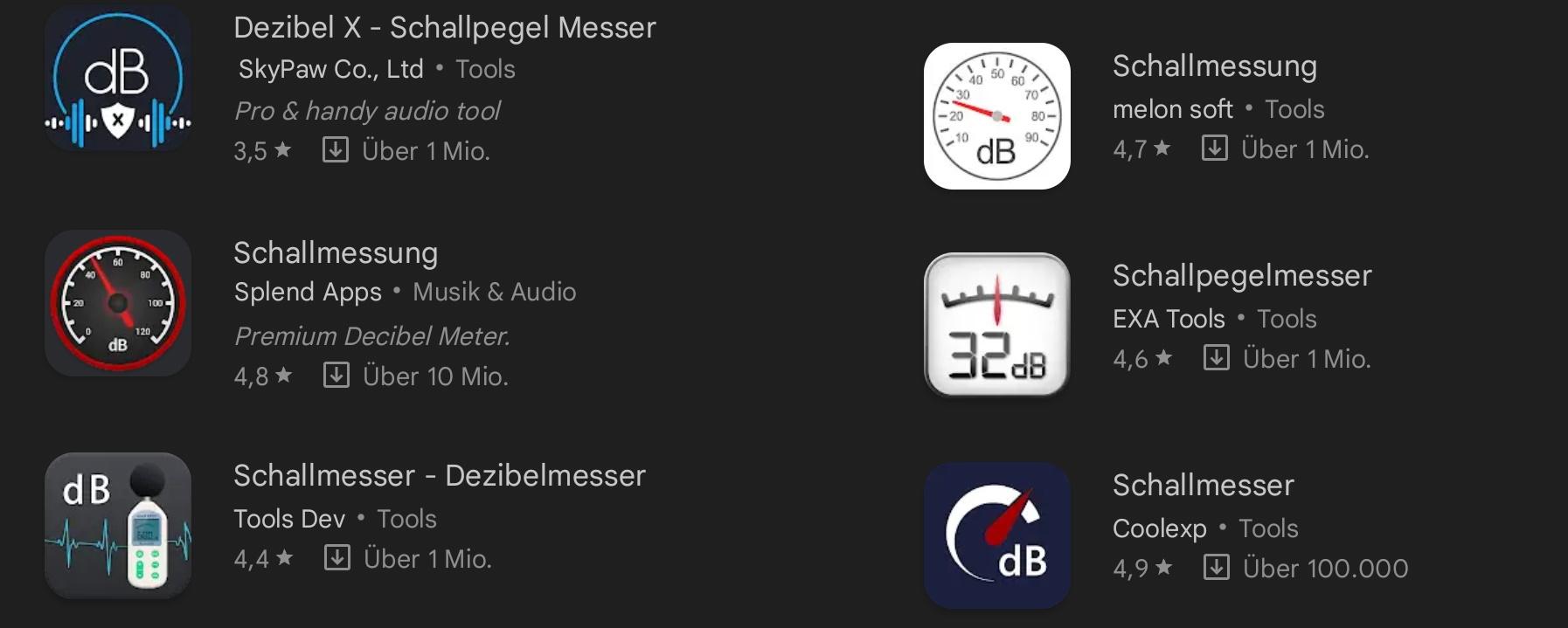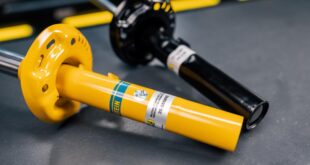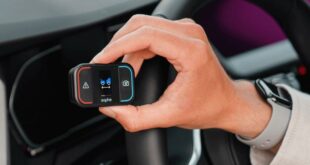One thing in advance: a mobile phone app is not suitable for reliably determining the noise level of the vehicle. The mobile phone is of course not an officially approved tool for checking compliance with the prescribed noise limit values. This only works reliably if a precision sound level meter is used in accordance with the legal requirements and in compliance with the requirements for the position of the device, the environment, etc. So please remember, such an app for the phone should only be considered as a fun app and is only used to determine a rough guideline.
There are countless apps
There are countless apps for noise measurement with the smartphone available for download in the Google Play Store, at Apple or in the Huawei shop. Depending on your needs, you can decide whether you want to download such an app for a fee or for free. The following points should be observed for use and a halfway plausible measurement with the smartphone. The smartphone should
- at a distance of approx. 50 cm,
- at an angle of about 45 degrees,
- at least 20 cm above the ground,
be positioned at the level of the exhaust outlet. With regard to the method of measurement used by law (see § 49 Para. 2 No. 1 StVZO, first indent for cars) the stationary noise comparison measurement is carried out as follows.
Process of the stationary noise comparison measurement:
- bring the engine up to operating temperature
- take the measurement at a distance of 50 cm and at an angle of 45 degrees and at least 20 cm above the ground at the level of the exhaust outlet
- make sure that there are no sound-reflecting obstacles (walls, houses, plants, etc.) around the vehicle
- 5 dB(A) must be subtracted from the determined value
- Compare with the entered stationary noise value (in the vehicle registration document under item U.1).
- there is no upper limit to the standing noise, but it must always be maintained
This is how the measuring speed is determined:
- If entry in field U.2 of the registration certificate part I (vehicle registration)
– U.2 = measuring speed - If no entry in U.2. Measuring speed is available, the measuring speed must be determined by yourself. This happens depending on the nominal speed (field P.4 of the registration certificate part I)
- Rated speed (P.4)
– Less than or equal to 5.000 rpm.
– Measuring speed equal to three quarters of the nominal speed - Rated speed (P.4)
– between 5.000 and 7.500 rpm.
– Measuring speed equal to 3.750 rpm. - Rated speed (P.4)
– greater than 7.500 rpm.
– Measuring speed equal to half of the rated speed
- According to the Road Traffic Licensing Regulations, vehicles are currently allowed to be between 72 and 75 decibels.
- In the next few years, the value will be reduced to 68 to 72 dB (step by step).
- Old vehicles are grandfathered.
- Group: ≦ 120 kW/1.000 kg – around 90% of the vehicles. 72 dB is currently the limit.
- Group: 120 kW ≤ 160 kW / 1.000 kg – sporty, compact vehicles with a limit of up to 73 dB.
- Group: > 160 kW / 1.000 kg. Fast mid-range and luxury vehicles with a limit of up to 75 dB.
- Group: > 200 kW / 1.000 kg for cars such as the Porsche 911 Turbo (with a maximum of four seats) where the driver's seat is less than 450 mm from the ground.
- Only standardized test procedures under fixed conditions are legally valid.
Of course, that wasn't the end of it!
tuningblog has countless other articles on the subject of car and auto tuning in stock. Do you want to see them all? Just click HERE and look around. In part, we would like to provide you with news but also off the tuning. In our category Tips, products, information & Co We have reviews of car or accessories manufacturers, new ones Tuning Wiki Terms or one or the other Leak veröffentlicht. Just click on one of the following posts!
other related posts
|
No Christmas present yet? How about the Saphe Drive Mini Traffic Alert! |
 tuningblog.eu Your magazine about tuning the car
tuningblog.eu Your magazine about tuning the car





